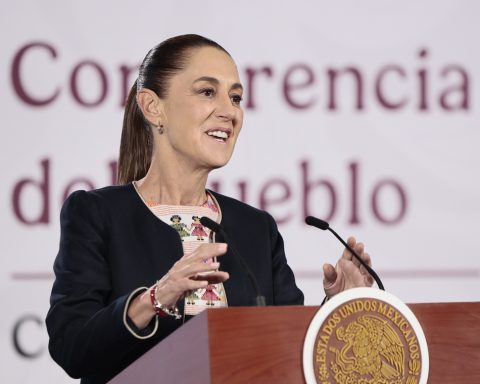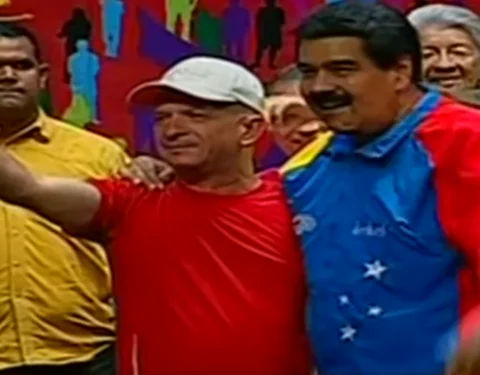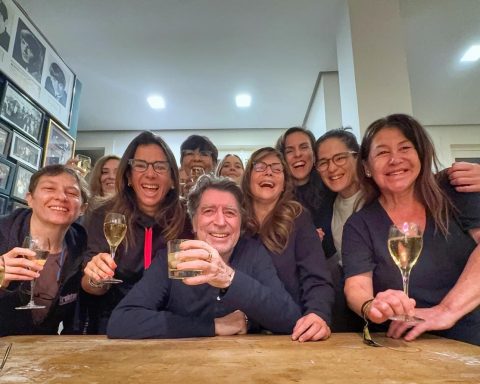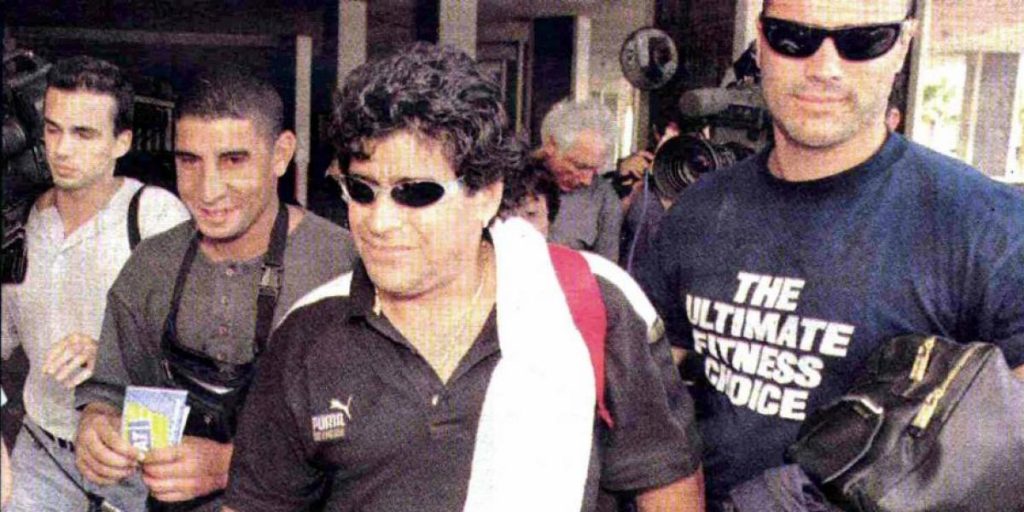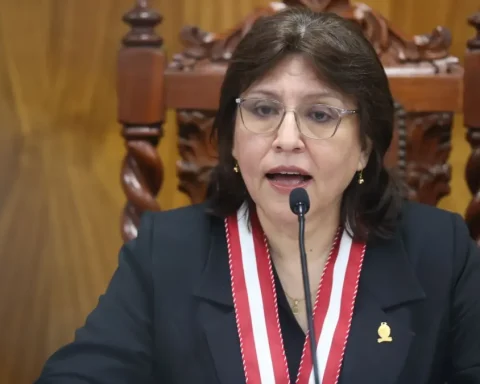The Cuban Cinematheque has scheduled this November, every Saturday and Sunday in its children’s and youth space, eight animated feature films from the Disney factory, under the heading “Walt Disney Classics in high definition and in Spanish (II)” .
The sample includes Snow White and the Seven Dwarfs (1937), the first feature film made by this production company and one of the initials in the history of universal cinema animation; Pinocchio (1940), the second in this length format, undoubtedly the most popularized version of the book The Adventures of Pinocchio, written by Carlo Collodi between 1882-83. This film won two Oscars: best original music and best song (When You Wish Upon a Star, sung by Cliff Edwards).
They are followed by Bambi (1942), also based on the story Bambi, a life in the forest (1923), by the Austrian Felix Salten. One of the most tender cinematographic works among the Disney classics, which was not a box office success at the time, but has remained in Western iconography for the image of the protagonist fawn and his avatars in the forest until his adulthood.
Other films included are Alice in Wonderland (1951), a version of the famous book of the same name by Lewis Carroll and its second part, Alice Through the Looking Glass; Peter Pan (1953), nominated for the Palme d’Or at the 1953 Cannes Film Festival, with a screenplay based on a literary work first conceived for the stage by Scottish writer James Matthew Barrie, entitled Peter Pan, or the boy who did not want to grow up , later became a novel; and Los aristogatos (1970), considered by several authors as the last classic of the production company and the last project conceived and approved by Walt Disney himself.
The program closes with the animated version of one of the most covered European fairy stories in both literature and cinema: Beauty and the Beast (1991), winner – like Pinocchio – of the Oscars for best soundtrack and best song . It was the first to get a nomination in the category of best film, a statuette achieved by Finding Nemo, a film that closes the cycle.
After this promotional preamble, I want to draw attention to a common mistake when these films are presented, since what our infants and their families are going to see are the dubbed versions, behind which many actors and an entire artistic-technical staff are silenced. Latin American who worked to give life and voice in Spanish to each of the characters, many of them with different peculiarities from their Anglo-Saxon counterparts.
Dubbing into another language is a field hardly studied in Cuba, since it not only contemplates the technical requirements that the substitution of voices entails without losing the dramatic sense of the performance, but also includes a specialty within the translation with the appearance of the figure of the audiovisual translator, who ― when facing his work conditioned by the two channels: the auditory and the visual― has to “… adopt certain translation strategies and techniques to respect the phonetic, kinetic and isochronic restrictions of this type of text” 1, in addition to taking into account cultural and intertextual references.
Within this specialization incorporated into the cinema from the appearance of the dialogues in the films, cartoons have been the best luck.
Disney was one of the promoters of this form of communication, among other reasons, due to the characteristics of the public to which its products are directed: childhood, less prepared to read at an early age.
Precisely, the film that opened the Cinemateca cycle this November: Snow White and the Seven Dwarfs, is one of the best and most studied examples of the cultural importance of film versions in Spanish, as it was the first to be screened in Latin America with their characters speaking our language2.
This version had been produced at Disney Studios in Los Angeles, California, in which actors of different nationalities participated, which caused the first alert in the effort to conquer the Spanish-speaking public: not all the “Spanish” spoken on the continent were the same, which is why that first installment of Snow White … was dubbed the “angelino”, due to the diversity of accents provided by the participating actors.
That first soundtrack is not the one currently on the copy being exhibited, as it has been subjected to several redoubts, another frequent variant in this productive field.
After the Californian experience, Disney searched the American subcontinent for a space to continue making its products in Spanish. His next stop was Argentina, specifically at Estudios Argentina Sono Films and the work fell to one of the best-known directors of that cinematography, Luis César Amadori.
The first anime dubbed there was Pinocchio, which, moreover, is the only one that preserves the original soundtrack created by the Amadori team.
At this point in the history of cartoons in Spanish, another important figure enters the Spanish versions of Disney: Mexican Edmundo Santos, who rewrote the lyrics of the Oscar-winning song: When You Wish Upon a Star and gave it another title. : The blue star, played by Pablo Palos.
Bambi also belongs to the dubbed production in the South American country and it was the last Disney feature film to have voices in Spanish there. Among the actresses who collaborated was Nini Marshall, one of the great stars of the Rio de la Plata cinema, who voiced the protagonist fawn in his early childhood.
Bambi had a redoubling in 1969, since until that moment he kept all his songs in English.
In 1949, after a brief sojourn at Burbanks’ California studios, Disney sets up camp at Mexico’s gleaming Churubusco studios, just opened. Its dubbing director was Edmundo Santos, the same lyricist as Pinocchio. There the versions of Alice in Wonderland and Peter Pan were made.
In 1962, Edmundo Santos created his own studio named Grabaciones y Doblajes, SA, nicknamed “Estrellita” in homage to the Cuban actress and soprano Estrella Díaz, who died in 1959, who had participated in various cartoons such as La dama y el vagabundo (1955) and Sleeping Beauty (1959), as well as other North American films.
In the studios “Estrellita” the aristocats are covered. Its main character, the cat Tomas O’Malley, is played by Germán Valdés (Tin Tan), who will also sing the character’s theme song and intervene in the version of Everyone wants to be Jjazz cats. It was not the first intervention of the Mexican comedian in Disney cartoons, since he had already given his voice and talent to the character of the bear Baloo in The Jungle Book (1967).
Beauty and the Beast was dubbed in these same studios and inaugurated a new stage in the specialty, since it was the first released with two different dubbing: one for its exhibition in Latin America and the other for Spain, which meant the end of the monopoly of the “Neutral Spanish” as a linguistic modality for foreign versions, another conflict maintained up to this moment, since Spain – possibly the country that exhibits the most dubbed tapes – never accepted that idiomatic variant achieved by Mexican studios.
Contrary to their North American counterparts, in the version made in Mexico there was an actor for the voices of the characters and another for the songs, adapted and directed musically by the composer Walterio Pesqueira.
The dubbing of Finding Nemo was produced at DAT-Doblaje Audio Traduccion SA, a substitute company for Disney’s audiovisual translation work in Latin America. With… Nemo began a greater specialization in language proposals, since it has a soundtrack aimed only at the Mexican market and another in “neutral Spanish”, both made by the same cast. The difference between one and the other is based on the introduction of idioms that differentiate the scripts and, of course, their display.
An illustrative example can be found in the variations of the lines of Dory, who due to her memory problems calls Nemo different nicknames, instead of saying his name. In the North American version, the nicknames are Chico, Fabio, Bingo, Harpo and Elmo, while in Spanish, it calls him Chencho, Pancho, Toribio and Timón.
These cultural changes are another very interesting field in the studies on audiovisual dubbing and translation, started from Snow White and the Seven Dwarfs herself, for which I have no space in this comment.
Finally, I hope that a lot of the public is enjoying the deliveries included in this cycle of the Cinematheque for November and that, for the next one, credits will be given to the true architects of those characters who have paraded across the cinema screen 23 and 12 in High Definition.
Notes and bibliographic references:
1 Ariza, M. (2013). Considerations about the translation of cultural elements in the dubbing of cartoons. Updates in Social Communication. Center for Applied Linguistics, Santiago de Cuba. p. 240.
2 Snow White and the Seven Dwarfs premiered at the Cine Ideal in Buenos Aires on May 23, 1938. It was the Spanish version of the first animated feature film in history.
